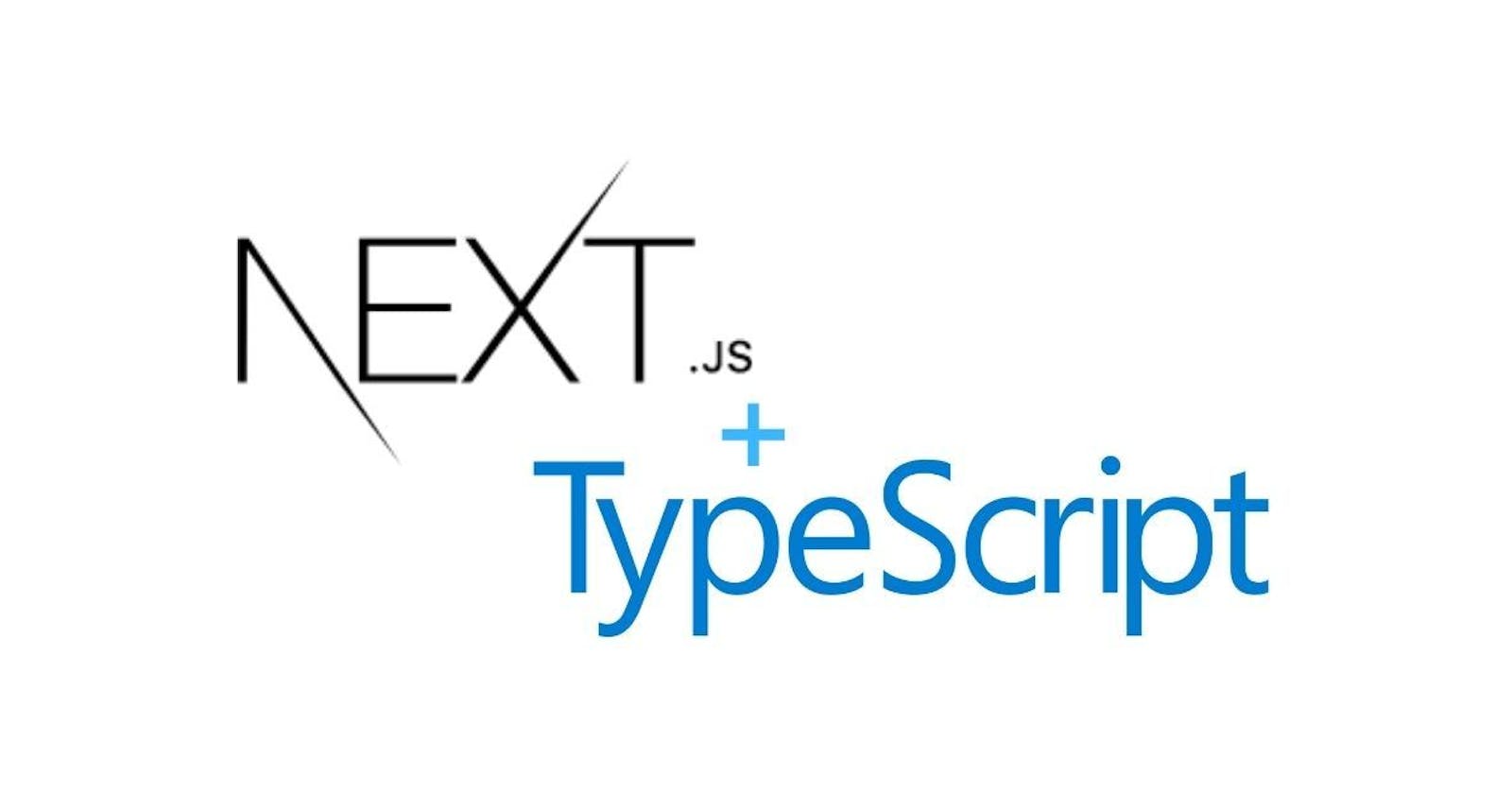Are you a Next.js developer looking to boost your UI component development? In this article, we'll explore a powerful tool, ClassVariance, that can enhance your development experience, increase your understanding of programming paradigms, and elevate your credibility as a developer. So, let's dive in and discover how to use ClassVariance and TypeScript to create exceptional UI components.
Understanding the Basics
ClassVariance is a library that empowers you to build highly customizable and reusable UI components with ease. When paired with TypeScript, it becomes a dynamic duo for crafting UI components that are not only visually stunning but also performant. Let's explore how to make the most out of ClassVariance for your Next.js projects.
Setting the Stage
We're going to create a button component as an example, but the concepts can be applied to various UI components. First, make sure you have the necessary imports:
jsxCopy codeimport { FC } from 'react';
import { cva, VariantProps } from 'class-variance-authority';
import { Loader2 } from 'lucide-react';
import { cn } from './../../lib/utils';
Defining Variants
ClassVariance allows you to define variants, which are like different flavors of your UI component. In the example below, we define a button with two variants: 'default' and 'ghost,' and different sizes ('default,' 'sm,' and 'lg').
jsxCopy codeconst buttonVariance = cva(
'active:scale-95 inline-flex justify-center rounded-md text-sm font-medium focus:outline-none focus:ring-2 focus:ring-offset-2 focus:ring-slate-400 focus:ring-offset-2 disabled:opacity-50 disabled:pointer-events-none',
{
variants: {
variant: {
default: 'bg-slate-900 text-white hover:bg-slate-800',
ghost: 'bg-transparent hover:bg-slate-100 hover:text-slate-900',
},
size: {
default: 'h-10 py-2 px-4',
sm: 'h-9 px-2',
lg: 'h-11 px-8',
},
},
defaultVariants: {
variant: 'default',
size: 'default',
},
}
);
Creating the Button Component
Now, let's create the Button component using ClassVariance. This component is both highly customizable and user-friendly. It accepts props for variant, size, isLoading, and more.
jsxCopy codeexport interface ButtonProps extends ButtonHTMLAttributes<HTMLButtonElement>, VariantProps<typeof buttonVariance> {
isLoading?: boolean
}
const Button: FC<ButtonProps> = ({ className, children, variant, isLoading, size, ...props }) => {
return (
<button
{...props}
className={cn(buttonVariance(variant, size, className))}
disabled={isLoading}
{...props}
>
{isLoading ? <Loader2 className="mr-2 h-4 animate-spin w-4" /> : null}
{children}
</button>
);
};
Enhancing Development Experience
The beauty of using ClassVariance in TypeScript is the ability to create UI components that are highly configurable without losing type safety. You can easily switch between button variants and sizes, and the TypeScript compiler ensures that you're using them correctly.
By encapsulating complex UI styling within ClassVariance, your component remains clean and concise, making it easier to understand, maintain, and scale.
Conclusion
Incorporating ClassVariance and TypeScript into your UI component development process can significantly enhance your understanding of programming paradigms, boost your credibility as a developer, and attract the attention of US-based software agencies. These tools not only streamline your development workflow but also ensure that your UI components are top-notch.
So, go ahead and experiment with ClassVariance in your Next.js projects, and watch your UI components shine! Your newfound skills and high-quality components will undoubtedly help you stand out in the competitive world of software development.
Start building and make your mark! Your journey to becoming a top-tier developer begins with ClassVariance and TypeScript.
Happy coding! 🚀
